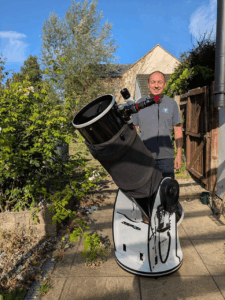
ASIWEEK #31/2025 Winner – Interview with Konstantinos Beis
Beginnings in Astrophotography Konstantinos Beis has always been fascinated by the night sky. After moving to a rural area in 2017, where the Milky Way was clearly visible, his passion
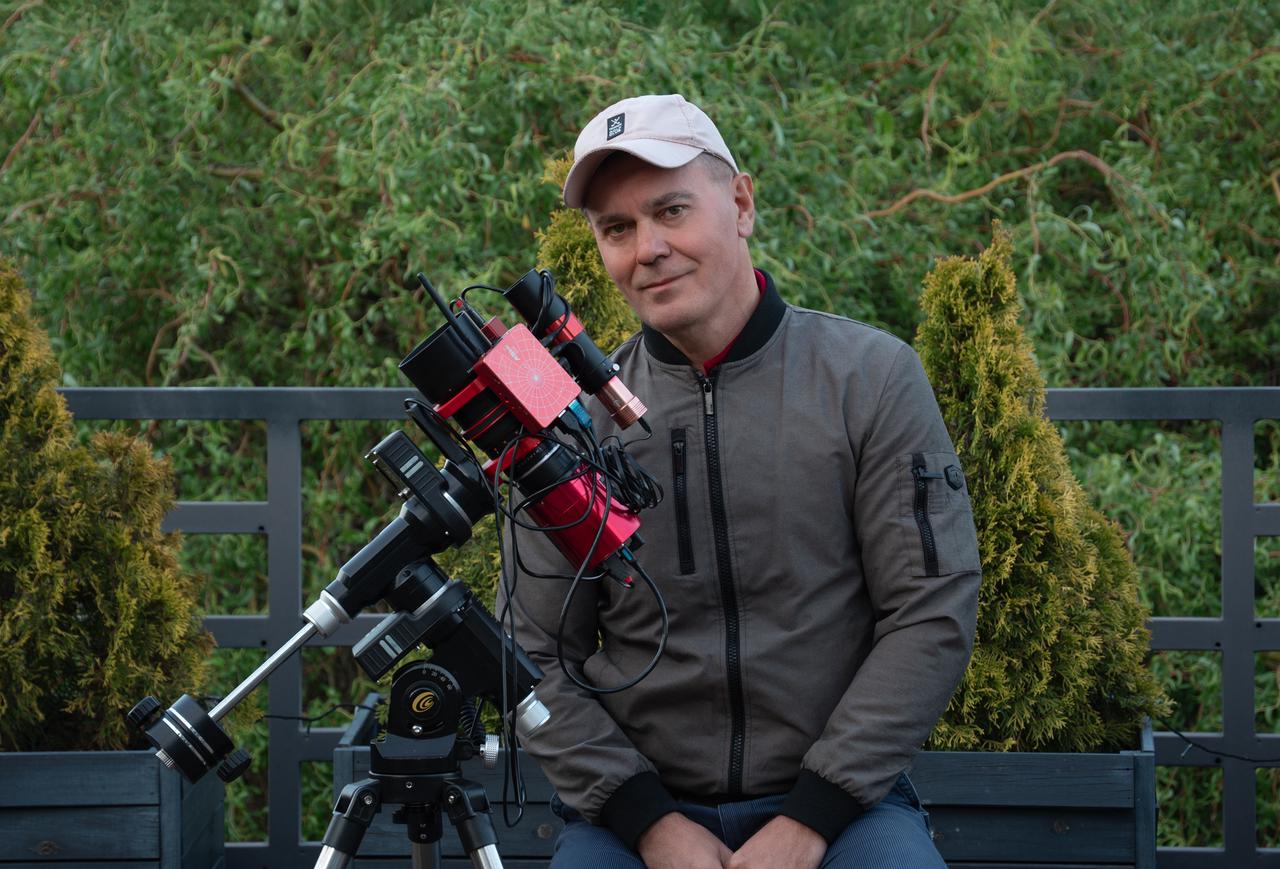
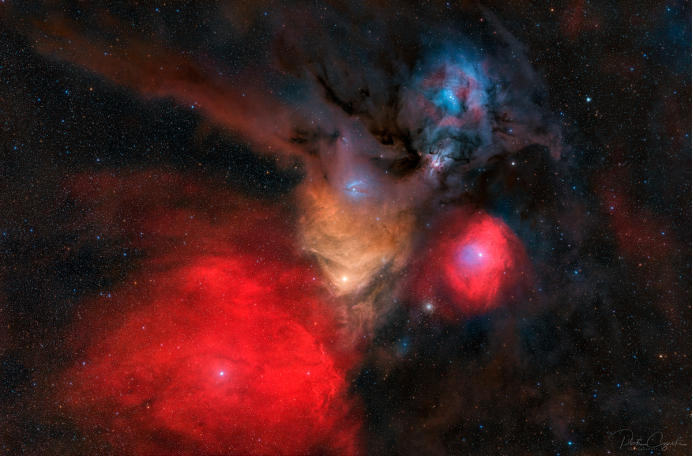
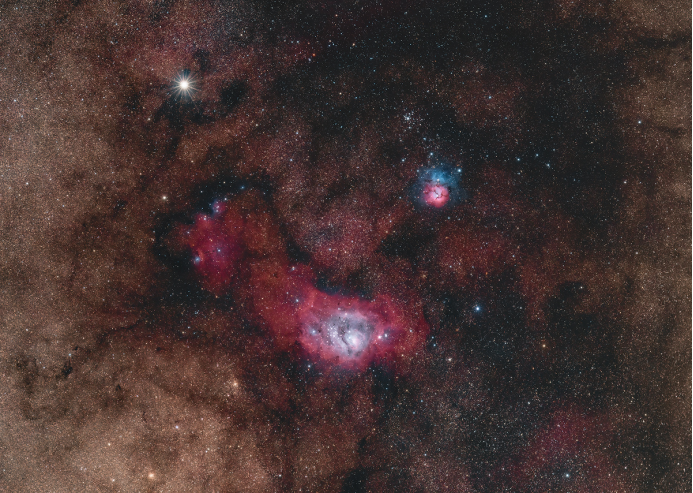
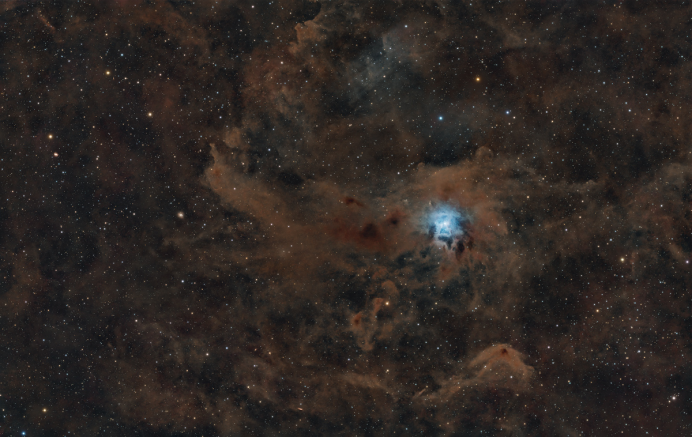
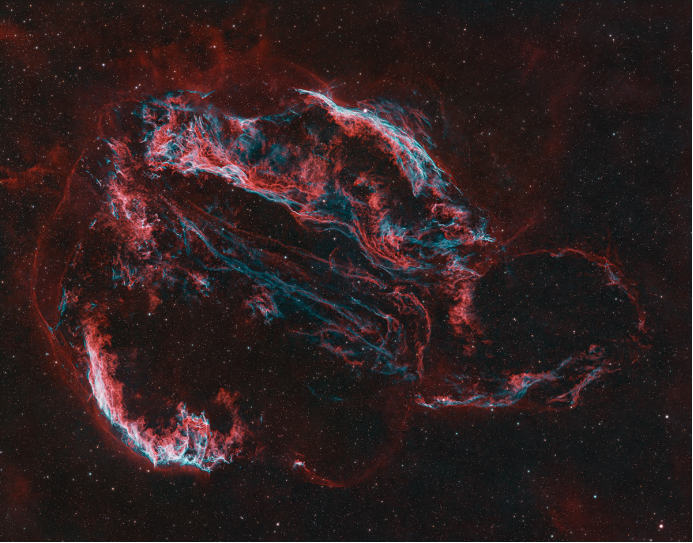
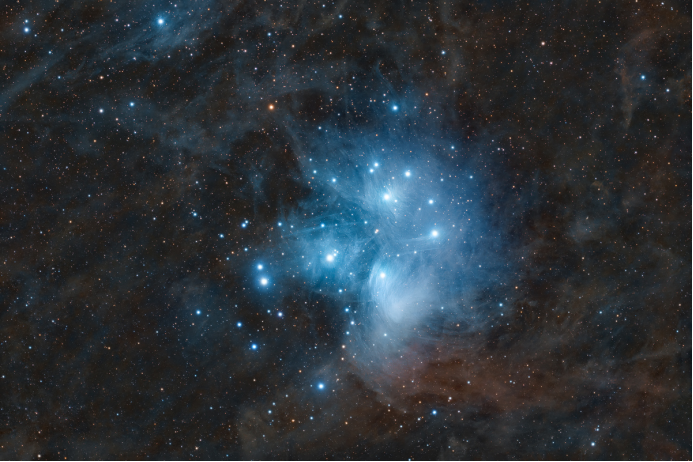
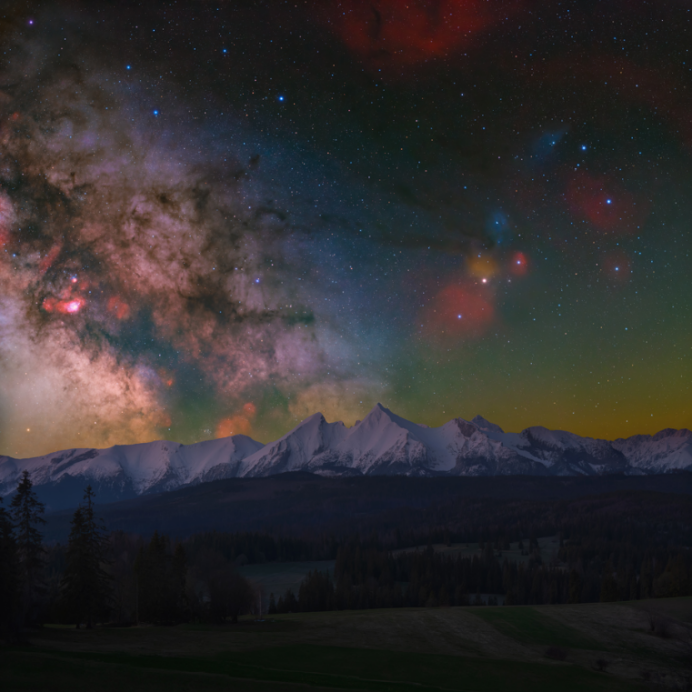
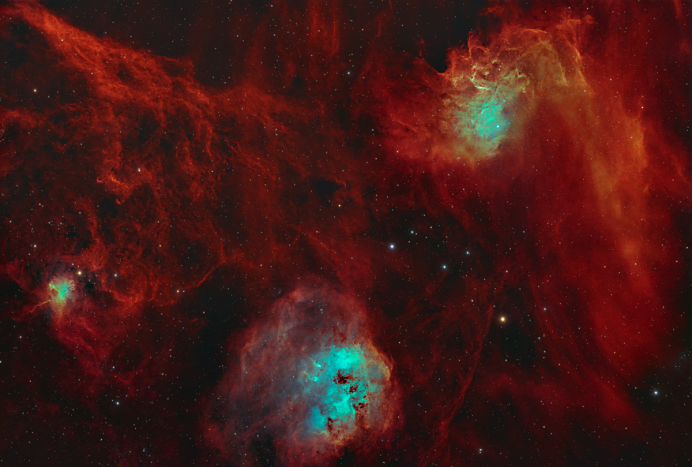

Beginnings in Astrophotography Konstantinos Beis has always been fascinated by the night sky. After moving to a rural area in 2017, where the Milky Way was clearly visible, his passion
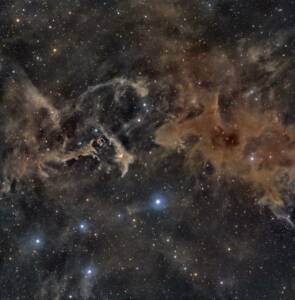
Roy Simanovich, an avid astrophotographer from a heavily light-polluted area (Bortle 9), recently embarked on a solo journey to capture some of the dark nebulae. Let’s follow Roy on that
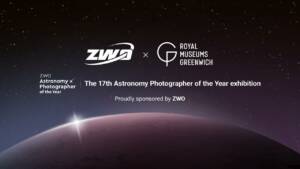
Exclusive Title Sponsorship of the World’s Premier Astronomy Photography Competition August 2025 — ZWO, a pioneer in astronomical imaging from China, is proud to announce its role as the exclusive
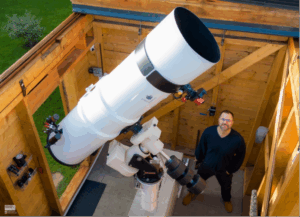
Hello Lóránd, thanks for accepting our interview invitation. Congratulations on winning the ASIWEEK competition in week #20/2025! This is also the third time you’ve been an ASIWEEK winner. Q1:Can you
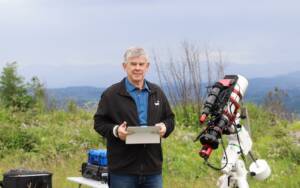
“Astrophotography is a connection with nature, a look into space, into things we can’t see with the naked eye. It’s nice to sit in the evening under the sky next